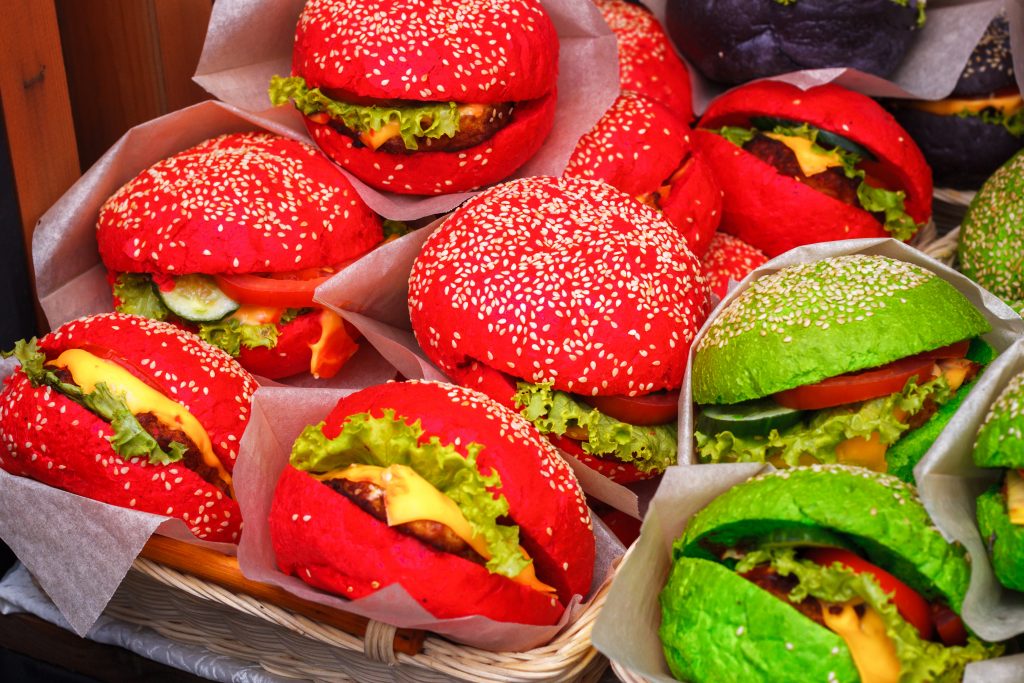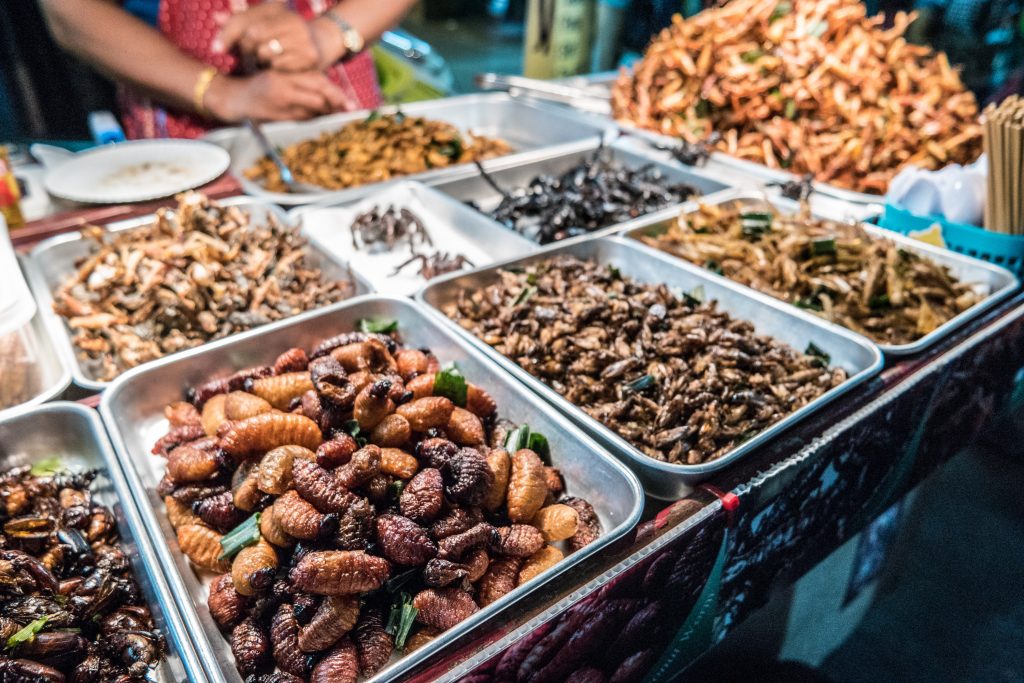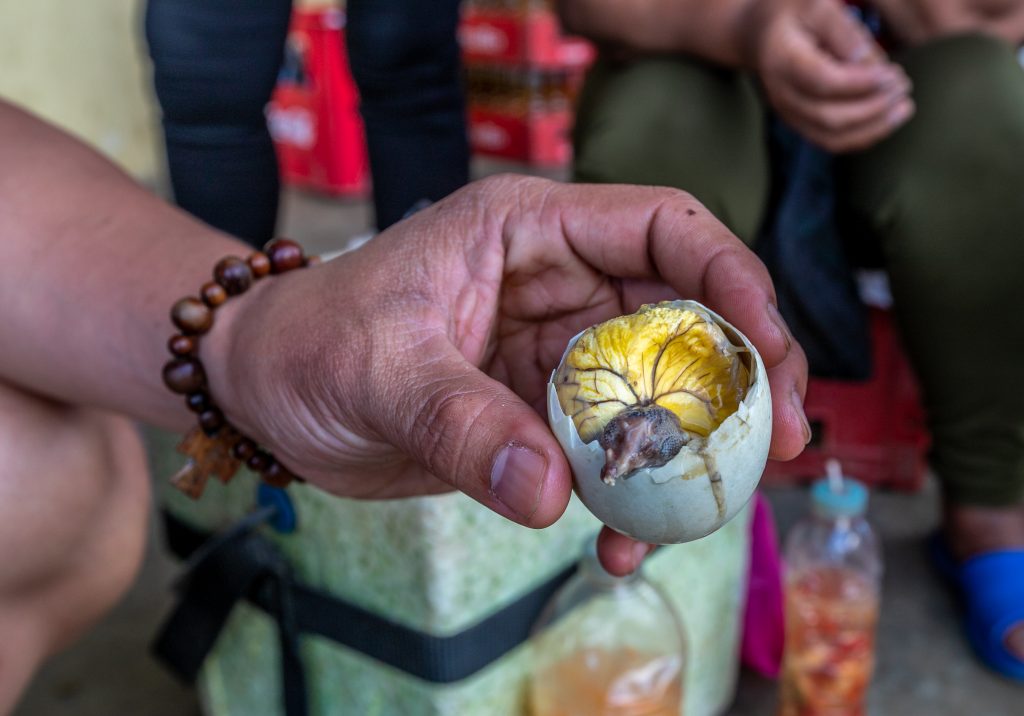
7 Most Unusual Foods in the World
The World isn’t as simple as it appears to be. Some of us are on a quest for perfect known dishes while others are on a quest to discover new flavors and survive foods. The food explorers have brought some very unusual dishes to different cuisines. Continue reading to learn about the topmost unusual foods in the World!
Century Egg: China
The Century Egg, a preserved food product and delicacy, happens to popular Chinese snack food. It has the same structure as a regular egg. However, there is a dark brown translucent and jelly-like exterior instead of white. And, the yolk is green-colored and creamy.
Generally, the Century Egg gets produced by covering eggs (Duck, Chicken, or Quail eggs) in a mixture of clay, salt, quicklime, ash, and rice hulls. Then, the eggs get preserved for weeks or months. It is also popular in Japan and Korea. Some alternate names include 100-years old Egg, Aged Egg, and Millennium Egg.
Escamol: Mexico
It kind of ruins the entire joy of a sweet dish if a dead and cooked ant turns up on your plate. Doesn’t it?
Well. We have people who deliberately put that ant onto the plate. Strange, I know. Not exactly ants. But something even more strange, i.e., its larvae.
The Mexicans harvest the light and often white-colored larvae of a particular specie of ants from the maguey plants. The larvae resemble pine nuts or white corn kernels. They have a poppy nature and possess a nutty taste. When fried, you’d find them even crunchier.
Due to their buttery and cottage-cheese resembling taste, they get a friend with butter, onion, and chili, and served alongside or in tacos.

Jing Leed: Thailand
Usually, one will find chicken wings and animal meat sausages for street food. But, the people of Thailand have a unique taste for savoring insects as a snack. Well, it is going to sound gross and may as well be gross, but this is a collection of most unusual foods in the world-remember?
Jing Leed refers to fried crickets or grasshoppers (seasoned with salt, chili, and pepper powder) sold on street food stalls in Thailand. The Jing Leed tastes like hollow popcorn and juice squirts in one’s mouth as described by exotic food-lovers.
Shiokara: Japan
Do you have an appetite for raw animal meat served in a paste of its fermented internal organs? Probably not, but the Japanese and dauntless food-explorers do!
Shiokara is a delicacy of Japanese food, which tastes salty and fishy. However, the texture of the dish is unexplainable. It gets prepared from marine animal’s meat. The raw meat chunks get served in a thick brown paste, which is prepared by fermenting the internal organs of the animal and blending it. Usually, it is available in plastic or glass containers.
Frog Legs: France
Amongst all the foodstuffs mentioned here, I’d rate this 6/10 in being unusual. That’s because the nature of this dish resembles that of chicken legs. And the fact that at least it is not Balut or Jing Leed or something like that. Its plain meat, the texture of which resembles chicken.
Like chicken legs, the frog legs are separated from its body, cooked in sauces, and served fresh and crisp. The taste is a bit salty, thanks to the swampy habitat of frogs. Also, the legs are the only edible part of the frog. The people of France especially breed frogs, to devour this delicacy.

Balut: Philippines
Perhaps, the most unusual and weirdest food in this entire compilation is the Balut from the Philippines. If you plan to visit the Philippines, do not get surprised to find every local consuming this dish because it is a common snack and street food item.
Balut refers to a partially-developed duck embryo that gets boiled when still in the egg and consumed. People consume it straight from the egg, followed by beer.
According to a Filipino’s experience, the liquid surrounding the embryo tastes like chicken broth, while the yolk tastes similar to scrambled eggs. When it comes to the embryo itself, people find bones soft enough to chew and swallow. Surprisingly, these people can eat a duck’s partially developed baby while knowing what’s inside.
Casu Marzu: Italy
Well, it seems like Italians took the Mexican’s larvae eating game to the next level. They considered consuming live maggots squirming and crawling in rotten cheese.
Yes, that’s correct. Casu Marzu is known to be World’s most dangerous cheese. Obviously, due to the health risks it causes. And for the very reason, it got banned. However, one can still get it in Italy’s black market for unreasonably high prices.
Primarily, the cheese block is prepared and left to rot in a dark hut for about two to three months. Once bugs and flies have laid eggs in it and maggots begin feeding on it, it is ready for consumption. The cheese happens to be creamy and slightly liquid. Such a flavor comes from the wastes of the maggots.
Leave your comment
You must be logged in to post a comment.